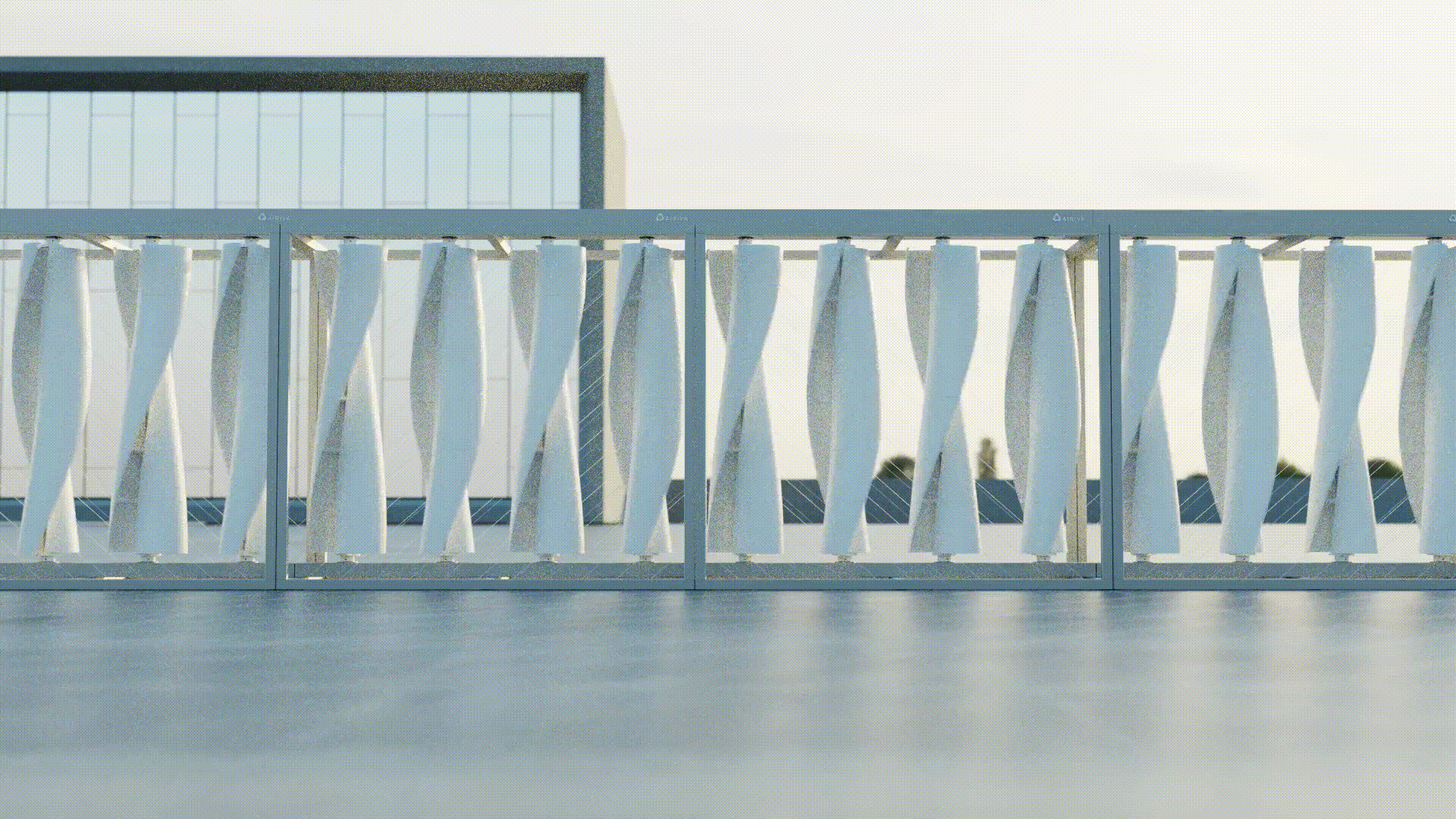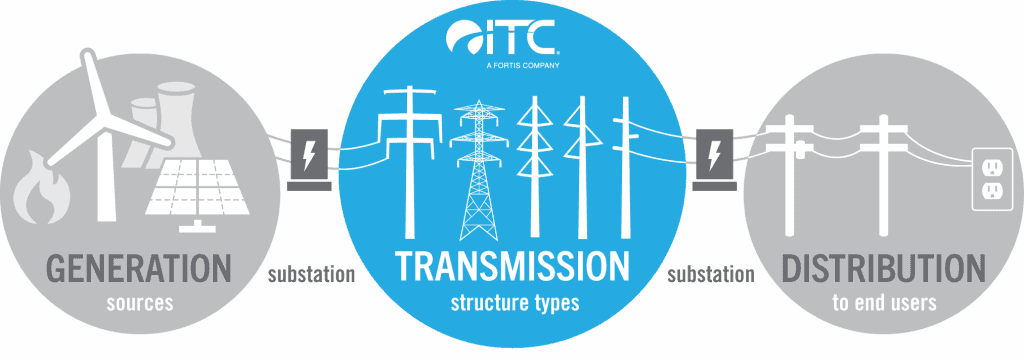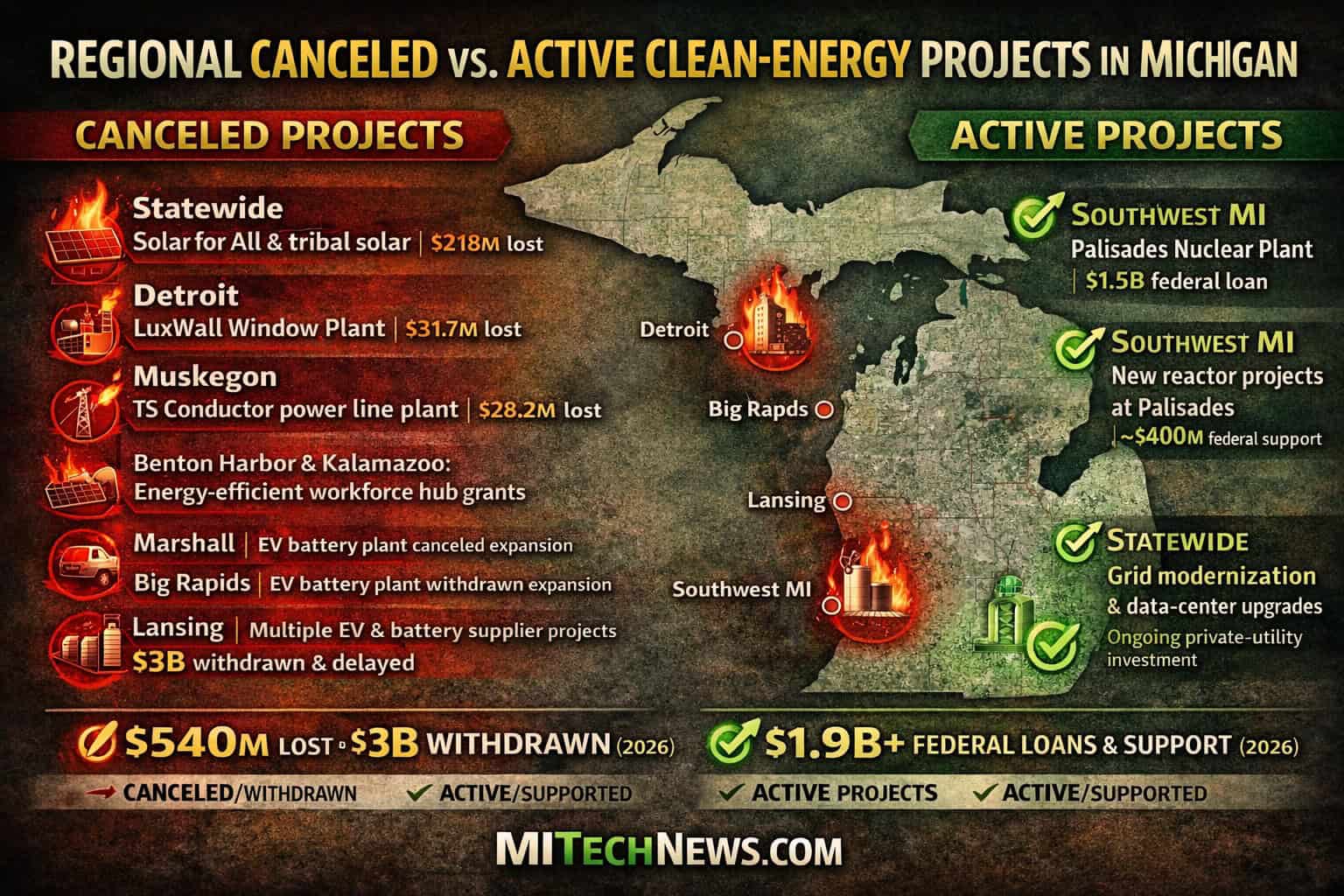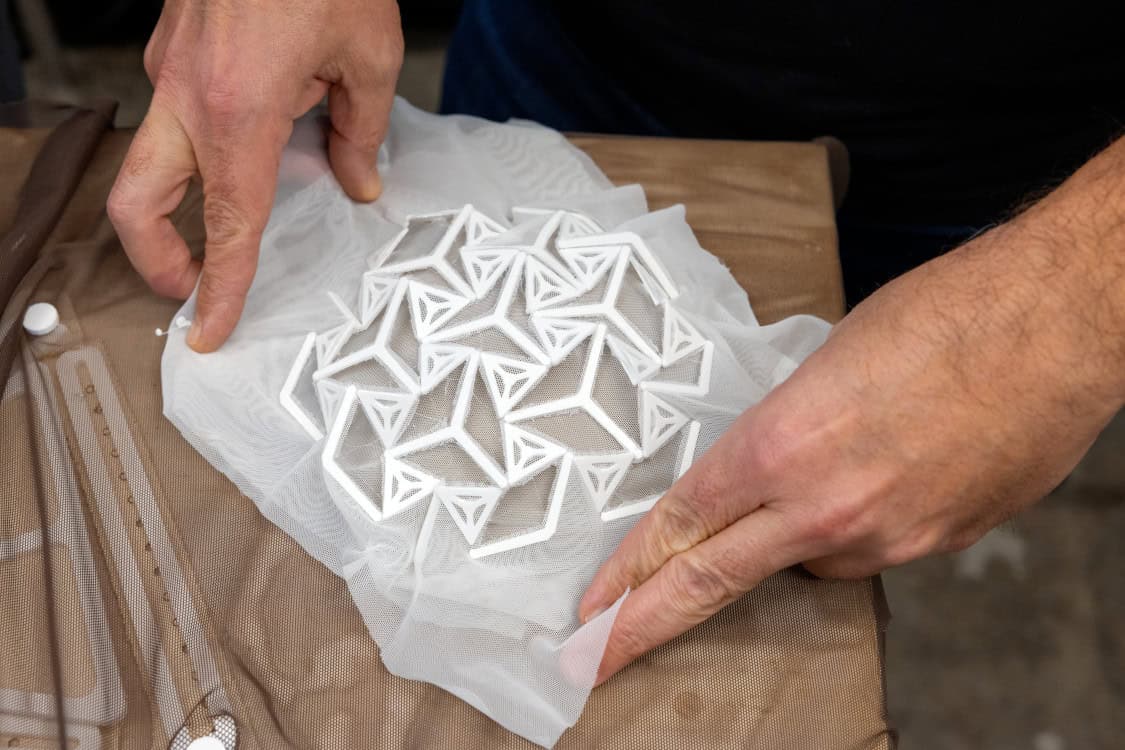DETROIT – Since revealing a concept for an energy generating wall back in 2021, designer Joe Doucet has been working on bringing the idea to life. That time is here with the launch of Airiva, a modular rotary wind turbine wall destined for installation on city buildings and infrastructure.
The idea in 2021 was to build a mesmerizing wall of 25 vertical-axis turbines, each connected to a generator for a total peak power output of 10 kilowatts.
As we noted at the time, that’s an attractive figure but the intermittent nature of wind could see potential daily energy production of 240 kWh knocked down to a faction of that – we estimated 84 kWh based on average capacity of massive land-based tri-blade turbines in the US. But even that figure is likely overgenerous given that vertical-axis turbines are less efficient than those massive horizontal-axis beasts.
In the years since, Doucet and partners have reportedly tweaked and tested 16 blade configurations before focusing on four, then two and then settling on a helical design. More refinement followed, with the Airiva system now made up of sizable turbine units comprising two 2.1 x 2.1 x 1.05-m (6.9 x 6.9 x 3.4-ft) segments plus an end hub unit that’s home to controls, comms and power management systems.
Each unit houses eight turbines and is reckoned capable of producing around 2,200 kWh annually, which isn’t a huge amount in the great scheme of things but could certainly help put a dent in domestic energy bills. Fast Company reports that “an average-sized home in the US” would require five such units for 100% of electricity needs to be met by the system – that’s quite a large footprint.
The same overview reveals that residential isn’t really the main market for the Airiva system though. Multiple units could be daisy chained together along highways or spanning bridges, company or university campuses might also be able to accommodate larger installations, as could airports, harbors, transport hubs and so on.
“Airiva is a modular, scalable and smart wind energy system consisting of an array of vertical wind turbines within a contemporary frame,” said Doucet in a recent LinkedIn post. “The elevated design plays a meaningful role in adoption and integrates within the architecture and infrastructure of our urban and suburban landscapes to bring clean energy closer to where we live and work.”
The company is still at the prototyping stage as of writing, but expects to start customer pilots in the second half of this year ahead of opening the order books in 2025. Though no hard figures have been shared at this time, Airiva’s website states that the company’s “targeted LCOE is competitive both domestically and internationally against other smaller scale distributed energy resources.” No doubt the upcoming pilots will reveal the data to back up such claims.
Source: Airiva







